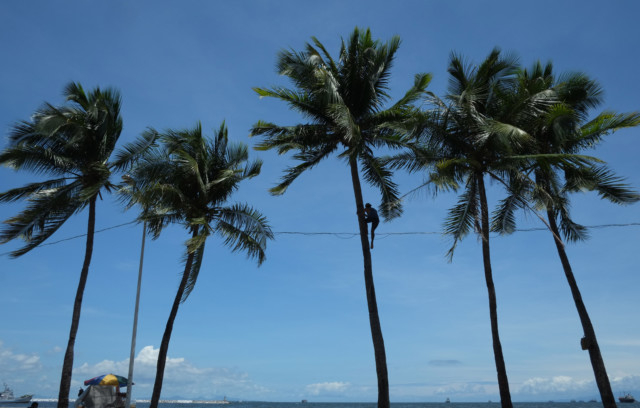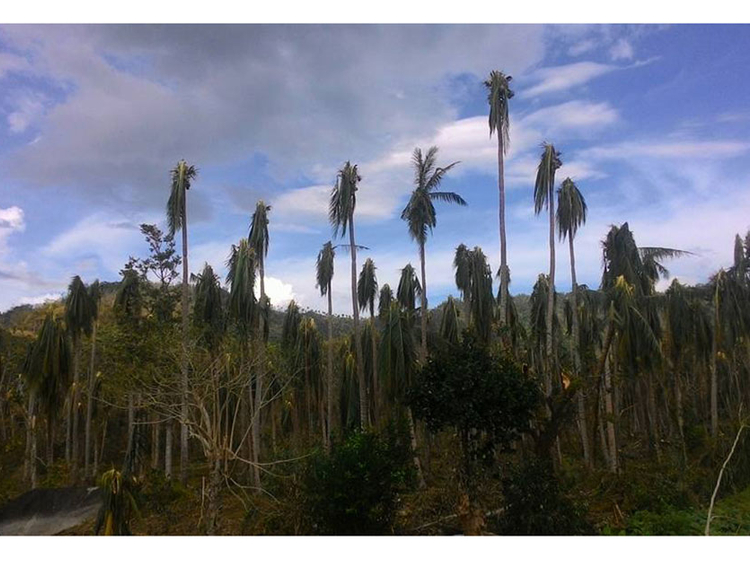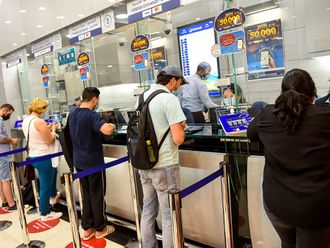Kochi: The humble coconut has been in existence for over 3,000 years, but it was only in 1916 that the Coconut Research Station was initially established by the then Madras government at Kasaragod which later became part of the Kerala state in 1956.
A 100 years later, this institute is now known as the Central Plantation Crops Research Institute (CPCRI) and conducts research on coconut, areca nut and cocoa. It is one of the agricultural research institutes in the National Agricultural Research System (NARS) under the Indian Council of Agricultural Research (ICAR).
Tracing the history of coconut research in India, a joint paper by CPCRI Director P. Chowdappa and A.K. Singh, Coconut Development Board (CDB) Chairman, observed that the process for collecting good seed nuts from select palms and selecting good seedlings at nursery-stage based on certain criteria began in 1918.
“Thanks to the efforts of J.S. Patel and his team, the first hybrid was produced and planted at Nileshwar in 1934 and since then six coconut hybrids have been developed and released from CPCRI,” the paper said.
CPCRI considers this as a huge achievement as developing and evaluating a new hybrid takes 20 years.
A century later, coconut has come a long way and continues to achieve greater heights as it is now an important horticultural crop cultivated in 17 states and three union territories in the country, making India the largest producer of coconuts, accounting for 31 per cent of the world production.
Singh observed that coconut plays a significant role in poverty alleviation and employment generation besides providing a livelihood to 12 million families.
“Coconut and its products, including coir, bring in Rs3 billion annually as foreign exchange. The fact that 50 per cent of coconut production is consumed as raw nuts, shows its importance as a food crop and, with the demand likely to go up, the CDB is formulating strategies from 2016-17 onwards to meet the future demand of coconut in the country,” Singh said.
Today, every part of the coconut tree is used for something or the other and the path forward that has already brought in rewards is value-addition to each of these products.
Coir is obtained from the husk of the coconut, the wood of the tree is used as timber and — not to mention coconut oil — now activated carbon is being produced from coconut shells besides newer varieties of food items, including coconut milk, flavoured milk, butter, biscuits and the cool refreshing ‘neera’.
“Traditionally it was just coir that was the export item but during 2014-15 the export of coconut products [except coir and coir products] rose by 13.5 per cent to Rs1.31 billion and in the last fiscal it went up to Rs1.45 billion.
“This achievement is incredible as the overall picture of merchandise export from the country showed a negative trend,” said the paper.
On the road ahead, the experts suggest that the need of the hour is to encourage more entrepreneurs in the coconut sector by establishing ‘Coconut Parks’ for organised processing for value-addition that will help farmers delink their over-dependence on coconut oil in determining coconut price.
“To begin with, these parks may be set up in districts with an area of more than 20,000 hectares under coconut cultivation,” said the experts.
In the country, the total area under coconut cultivation is 19.76 lakh hectares of which Kerala alone accounts for 6.50 lakh hectares.
However, in terms of production and productivity, Kerala is behind Tamil Nadu.













